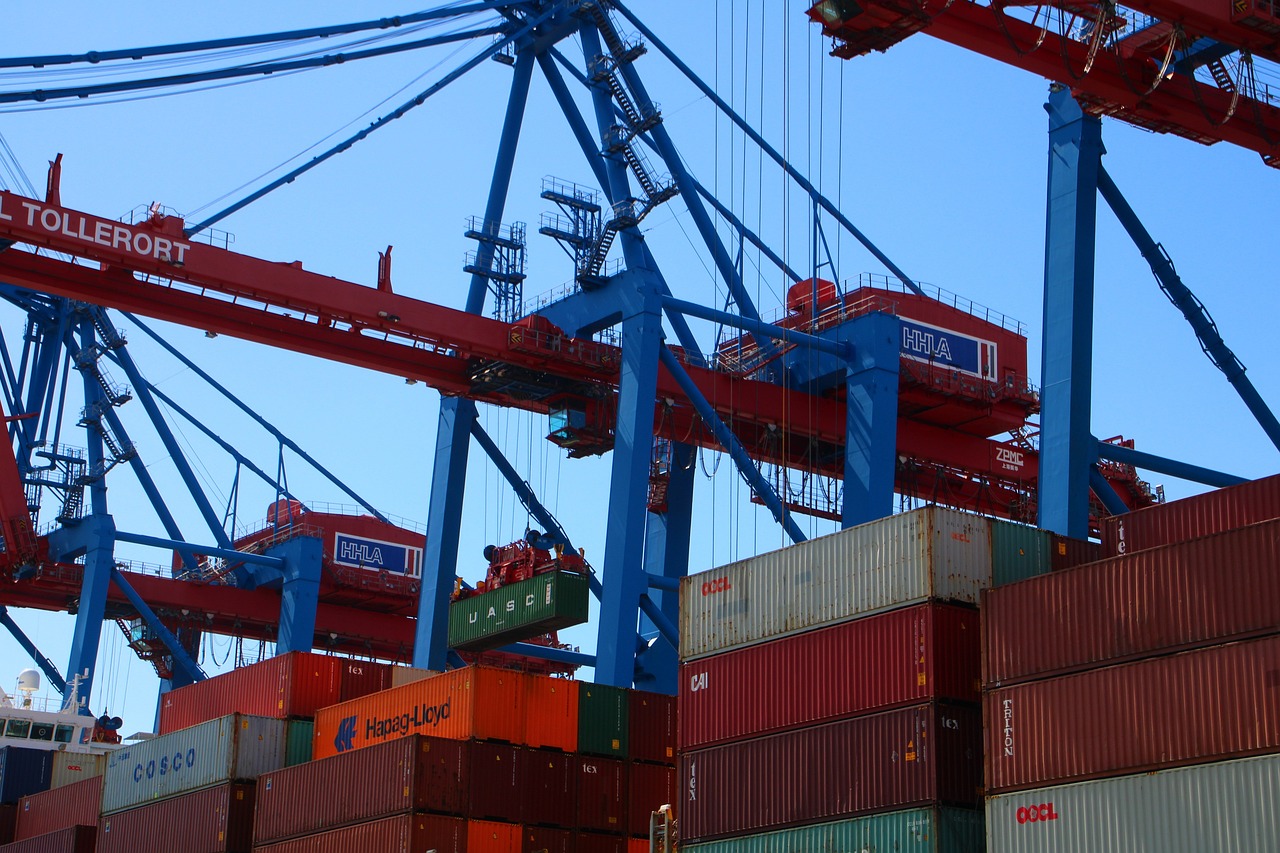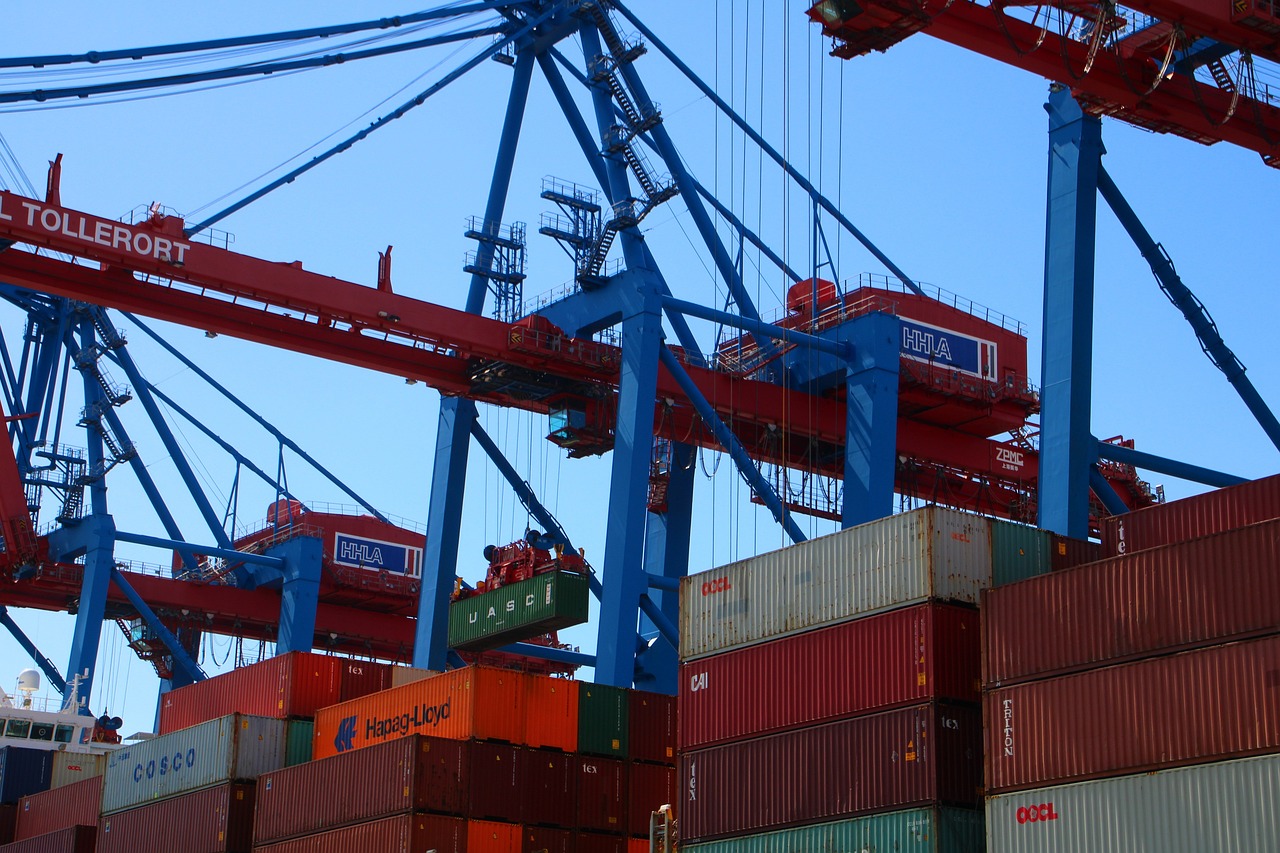FAQ
There are several types of containers available for use, each designed to meet specific needs and requirements. Some of the most common types include:
- Shipping Containers: These are the most commonly used containers and are designed for transportation of goods by sea, rail, or road. They come in standard sizes and are made of durable steel to withstand harsh transportation conditions.
- Office Containers: These are modified shipping containers that are converted into offices, worksites, or other functional spaces. They offer a cost-effective and mobile solution for office needs.
- Reefer Containers: These containers are specifically designed for the transportation of temperature-sensitive goods. They are equipped with refrigeration units to maintain a controlled temperature environment during transit.
- DNV Offshore Containers: These containers are certified by the DNV (Det Norske Veritas) and are used for offshore oil and gas exploration and production activities. They are built to withstand harsh offshore conditions and are equipped with safety features to protect personnel and equipment.
- Open Top Containers: These containers have an open roof and are used for the transportation of oversized or tall goods that cannot be loaded through the standard container doors.
There are many other types of containers available, including flat rack containers, side-opening containers, and more. It's important to choose the right container type based on your specific needs and requirements, including the type and size of goods you need to transport, the desired level of protection and security, and your budget and time constraints.
Choosing the right container type for your specific needs involves considering several factors, including:
- The type and size of goods you need to transport or store
- The desired level of protection and security for your goods
- The specific conditions the container will be used in (e.g. temperature, weather, accessibility, etc.)
- Your budget and time constraints
For example, if you need to transport temperature-sensitive goods, a reefer container may be the best option as it is equipped with refrigeration units to maintain a controlled temperature environment. If you need a mobile office solution, an office container may be the best choice as it is a cost-effective and flexible option. If you are engaged in offshore oil and gas exploration and production activities, a DNV offshore container may be necessary as it is built to withstand harsh offshore conditions and is equipped with safety features to protect personnel and equipment.
It's important to take the time to assess your specific needs and requirements, and to consult with an experienced container provider who can help you choose the right container type for your needs. They can also provide you with more information about the various features and options available for each type of container, and help you make an informed decision.
Using shipping containers as an office or worksite solution offers several benefits, including:
- Cost-effectiveness: Shipping containers are a cost-effective solution for creating a functional office or worksite. They are often less expensive than traditional building options, especially when it comes to modular or temporary structures.
- Mobility: Shipping containers are designed for transportation, making them a mobile solution for office or worksite needs. They can be easily relocated as your needs change or when you need to move to a new location.
- Durability: Shipping containers are made of steel and are designed to withstand harsh transportation conditions. They are a durable solution for office or worksite needs and can provide long-term use.
- Flexibility: Shipping containers can be easily modified and customized to meet your specific needs and requirements. They can be equipped with electrical and plumbing systems, as well as HVAC and other necessary features to create a functional workspace.
- Sustainability: Shipping containers are made of recycled steel and can be repurposed for multiple uses, making them a more sustainable option for office or worksite needs compared to traditional building materials.
Using shipping containers as an office or worksite solution provides a unique and functional option for your business needs. With the ability to choose from a variety of sizes, configurations, and customization options, you can create the perfect workspace for your needs.
There are several factors to consider when purchasing or renting a container, including:
- Size: The size of the container you need will depend on your specific requirements and the type of goods you need to store or transport. Be sure to consider the size of your items and the amount of space you need to accommodate them.
- Condition: The condition of the container is an important factor to consider. If you are purchasing a used container, be sure to inspect it carefully for signs of wear and damage. If you are renting a container, make sure it is in good condition and that the rental company provides maintenance and repair services if needed.
- Customization options: Shipping containers can be easily customized to meet your specific needs and requirements. Consider what customization options you need, such as electrical and plumbing systems, windows, doors, insulation, and more, when choosing a container.
- Budget: The cost of purchasing or renting a container will depend on the size, condition, and customization options you choose. Make sure to consider your budget and compare prices from multiple providers to ensure you get the best value for your money.
- Location: The location where the container will be delivered or placed is an important factor to consider. Be sure to consider the accessibility of the location and any special requirements, such as permits or zoning regulations, before making a decision.
By considering these factors, you can ensure that you choose the right container for your needs and that you get the best value for your money. Take the time to assess your specific requirements and to consult with a container provider to help you make an informed decision.
Ensuring the safety and security of your containers during transportation and storage is an important consideration. Here are a few steps you can take to ensure the safety and security of your containers:
- Proper packaging and securement: When preparing your goods for transport, be sure to package them properly and secure them within the container to prevent damage during transportation. Use high-quality packaging materials and securement techniques to keep your goods safe and secure.
- Choose a reputable provider: Choose a reputable container provider with a proven track record of safe and secure transportation. Make sure they have the necessary equipment, experience, and insurance to provide safe and secure transport for your goods.
- Secure the container during storage: When storing your container, be sure to secure it properly. Use high-quality locks, alarms, or other security measures to prevent unauthorized access and theft of your goods. Make sure the storage area is well-lit and accessible only to authorized personnel.
- Regular inspections: Regularly inspect your container to ensure that it is in good condition and that your goods are safe and secure. Look for signs of damage, wear, and other issues that could impact the safety and security of your goods.
- Insurance coverage: Consider purchasing insurance coverage for your goods during transportation and storage. This will provide you with peace of mind and protection against losses due to accidents, theft, and other unexpected events.
By taking these steps, you can help ensure the safety and security of your containers and your goods during transportation and storage. Make sure to assess your specific needs and to consult with a container provider to help you make an informed decision about your transportation and storage needs.



